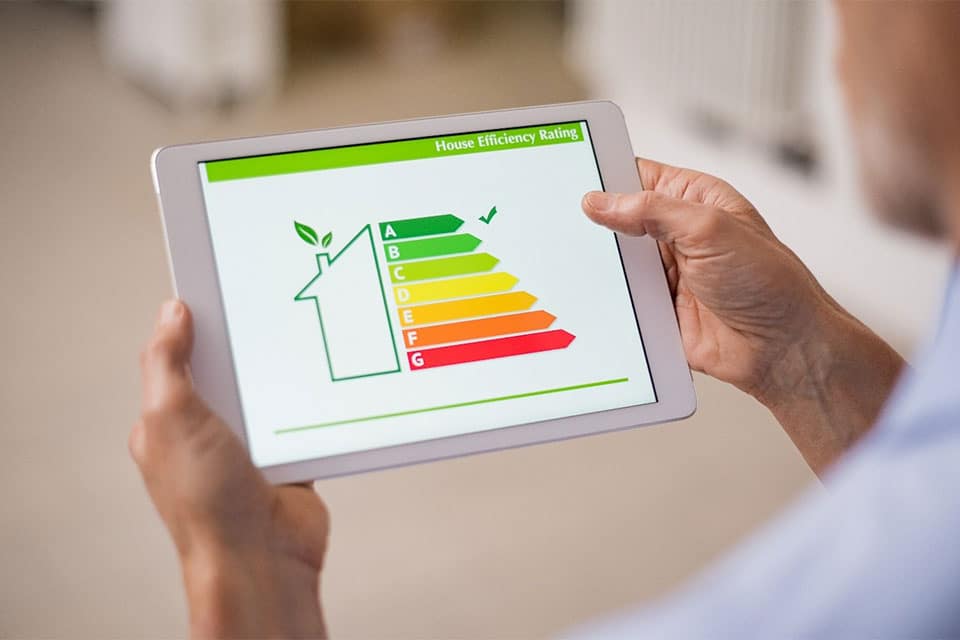Compact Fluorescent Lamps (CFLs) are a low energy alternative to traditional incandescent bulbs. Instead of a tungsten filament, CFLs consist of a glass tube filled with mercury vapour and gas, with an electrode at either end of the tube.
How Do CFLs Wo rk?
rk?
When an electrical current passes through the gas, it ignites the mercury vapour, which then releases ultra-violet light. Because ultra-violet light is invisible to the human eye, a phosphor powder coating is applied to the inside of the glass tube. When the ultra-violet photons interact with this phosphor coating, it fluoresces and emits light. The colour temperature of the lamp can be varied by using different types of phosphor coating.
An electronic ballast is also required to limit the current in the circuit and prevent damage to the lamp. In the case of fluorescent tubes and most commercial-type fluorescent lamps, the ballast is added to the lamp externally, in the circuit or built into the fitting. For most compact fluorescent lamps, the ballast is built directly into the lamp in its base. This allows CFLs to be used as direct replacements for classic incandescent lamps in the same fitting.
Replacing Incandescent Bulbs with CFLs
The main difference between compact fluorescent lights and traditional incandescent bulbs is that CFLs save up to 70% of the energy used by incandescents. Roughly 95% of the energy used by incandescents is given off as heat rather than light. In comparison, CFLs give off less heat and use much less electricity while maintaining the same amount of light as incandescents. That’s why you need a lower wattage CFL bulb; for example, a 12 watt CFL is roughly equivalent to a 60 watt incandescent bulb.
Compact fluorescent light bulbs also last much longer than incandescent bulbs. Not only will you need to buy fewer bulbs, but you’ll also need to climb ladders to change bulbs much less frequently. This means that CFLs can help you save on electricity costs, replacement bulbs, and time and effort.
For an even longer lasting bulb, consider buying LEDs. LED bulbs last even longer and are more energy efficient than CFLs. If you’re curious about LEDs, check out our Ultimate Guide to Buying LED – it contains valuable information to maximize your energy saving whilst meeting your lighting requirements.
Consider Colour Temperature
Just as beauty is in the eye of the beholder, the quality of the light from any light bulb depends on who is using the light, how they are using it, and how they like it. Some people like clear bulbs in some applications, while others prefer a softer light.
Different CFL bulbs produce shades of light. The shade of a bulb is identified its color temperature (measured in “Kelvin”). Lower numbers mean the light has a softer, cooler, more yellowish colour. Most CFLs offer soft or warm white light at 2700K to 3000K, which is comparable to incandescent bulbs. These bulbs work well in most home settings and enhance warm colours. In contrast, higher colour temperature lights emit a white to bluish-white light. The ratings on these CFL light bulbs are 3500K, 4100K, 5000K, and 6500K, and are usually identified by terms like “bright white,” “natural” or “daylight.” These colours will enhance cooler colours like blue, green, and violet in your home.
If you need clean, soft illumination for the kitchen or bathroom, a cool white 3500K– 4100K CFL is a good choice. And for reading areas and workspaces that require more light, daylight 5000K – 6500K CFL bulbs cast a bright, cool glow that is ideal for detail-oriented activities.
If you aren’t sure which colour temperature is right for your use, think about what type of light you’d like in each location. Look for higher colour temperatures where you would like a bright light, but consider opting for lower colour temperatures in other locations.
Recycling CFL Energy Saving Lamps
The amount of mercury in a low-energy CFL bulb could fit on the tip of a ballpoint pen, but because of its hazardous nature, used low-energy bulbs need to be recycled rather than put in the bin.
All CFLs should be treated as hazardous waste and should not be disposed of in the bin.
All local councils have an obligation to make arrangements for the disposal of household hazardous waste at a civic amenity site or household waste-recycling centre. Make sure you research your council’s disposal procedures before you recycle your used CFLs.
What Do I Do If I Break a CFL?
Although the accidental breakage of a lamp is very unlikely to cause any health problems, it’s always good practice to minimise any unnecessary exposure to mercury, as well as risk of cuts from glass fragments.
If you accidentally break a CFL, follow these steps:
- Ventilate the room.
- Wipe the area with a damp cloth, place the cloth in a bag, and seal it.
- Use sticky tape, such as duct tape or something similar, to pick up the small residual pieces or powder from nearby soft furnishings, then place the tape in another sealed plastic bag. Your plastic bags don’t need to be air tight, but they should be reasonably sturdy.
- Place both plastic bags into another larger bag and seal that one as well. This minimizes the chances of being cut by broken glass.
Frequently Asked Questions
Do traditional bulbs give a better quality of light?
For technical reasons, the glass used in the manufacture of household energy saving light bulbs has to be opaque, not transparent like the glass that is used in many traditional incandescent bulbs. Regardless of these technical requirements, you won’t see a difference in brightness when you compare a CFL to an incandescent bulb.
How long will compact fluorescent lamps last?
Many CFLs will last for 8,000-10,000 hours of use. This is significantly greater than traditional incandescent bulbs, which often last for less than 1,000 hours. You can extend the life of your CFLs by leaving them on for at least 15 minutes at a time – turning them off and on frequently will shorten the life of the bulb.
How many watts do I need with a CFL bulb to replace my current lights?
Energy use is measured in watts, but light output is measured in lumens. Simply put, the more lumens, the brighter the light. Because CFLs are so much more efficient, they use less energy (watts) to produce the same amount of light (lumens). In general, you will need 1 watt from a CFL bulb for every 4 watts from an incandescent bulb. The table below provides a guide for replacing different watt incandescent bulbs with a CFL:

If you are replacing a 40-watt incandescent light bulb, you will only need a 9 to 13 watt CFL bulb. However, don’t get hung up on watts – remember to evaluate the number of lumens in order to select the proper bulb for brightness, and don’t forget to consider the color temperature for the proper ambience.
Can I use a low energy CFL bulb with a dimmer switch?
No. Most energy saving CFLs bulbs aren’t fully compatible with dimmer switch circuits, and fitting one will cause the bulb to flicker continuously.
Are 3-pin CFL light bulbs available?
Yes!
Can I use CFLs In bathrooms?
CFLs, including decorative CFLs such as globe CFLs, can be used in all rooms, including bathrooms. However, keep in mind that high humidity may shorten the useful life of your CFLs. To keep humidity down, run the fan during and after showers and baths.
Can I use CFLs outdoors?
Because many outdoor lights are on for several hours each day, replacing incandescent bulbs with CFLs can save you significant amounts of energy. Bear in mind that extreme temperatures may affect some bulbs – when it is very cold, it may take longer for these bulbs to reach full brightness.
Can I turn CFLs on and off frequently?
Turning your lights off to save energy is always a good idea. However, turning a CFL on and off frequently can shorten its life. You can easily extend the life of your compact fluorescent bulbs by leaving them on for at least 15 minutes at a time.
Can I use CFLs in a totally enclosed fixture?
Enclosed fixtures do not allow sufficient air-flow to cool the bulbs. Even though CFL bulbs produce much less heat than incandescent bulbs, they can be more sensitive. We do not recommend that you use CFLs in a completely enclosed fixture, but we do advise that you check the individual manufacturer product information for more details on your fixture.
If you have any questions about choosing the correct CFL, call our friendly service staff at: 01869 362222 or email.


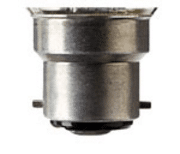
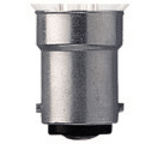






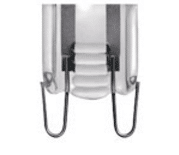
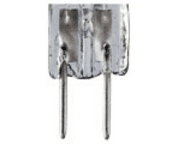
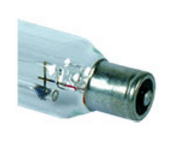

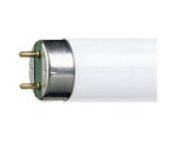
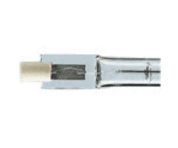






























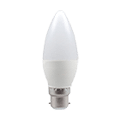


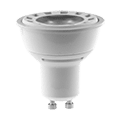
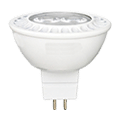
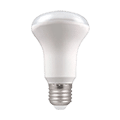

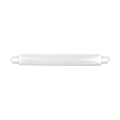
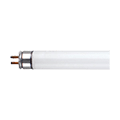





















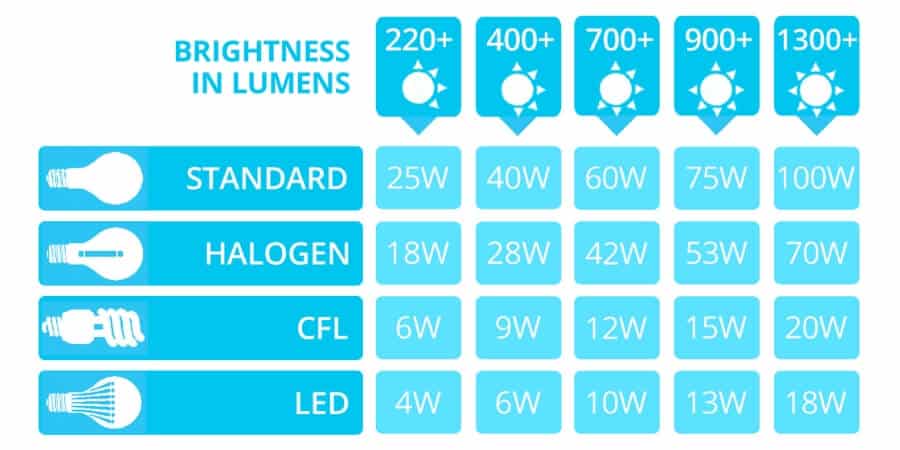

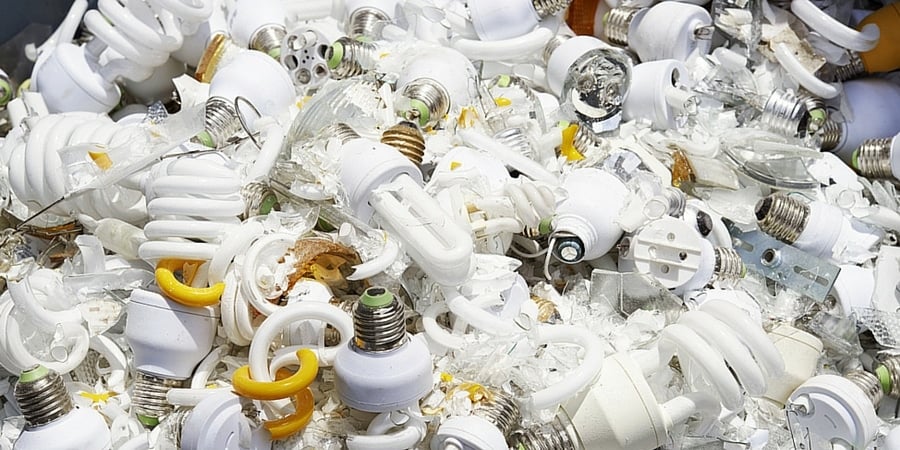







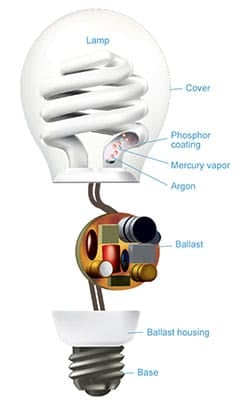 rk?
rk?





